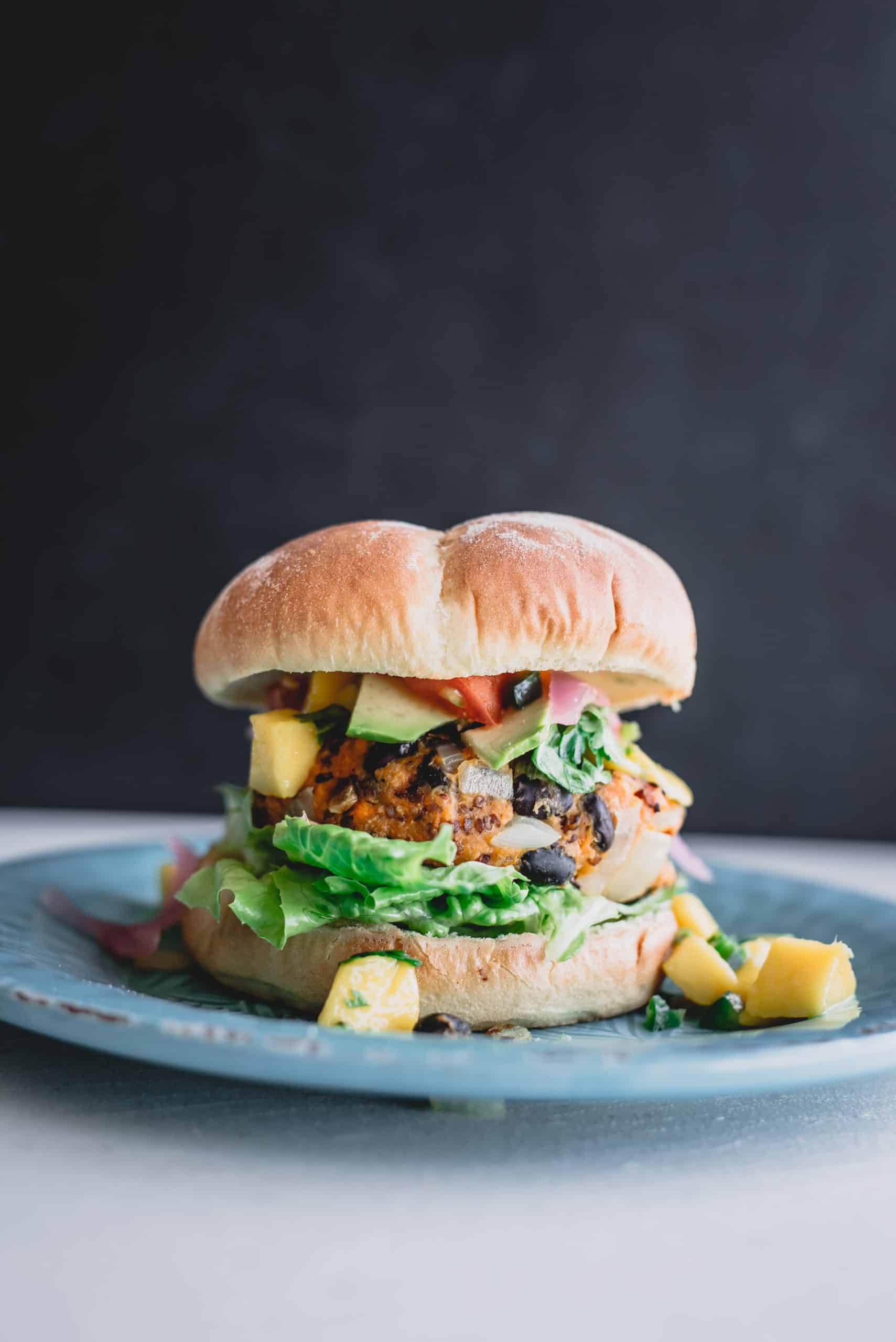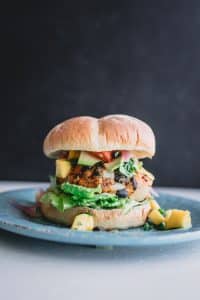
Download the free "5 MUST KNOW AB EXERCISES"
- Follow-along Workout Plan Included
- Start Burning Fat and Tone Up

 You can’t decide if something is good or bad, healthy or harmful unless you identify exactly what it is. There are many types of plant-based burgers, so it depends on which one you’re discussing. Most of them have benefits with few downsides except flavor and texture. The more recent entries to the market, the Impossible Burger and Beyond Burger are forerunners when it comes to being closest to the meat flavor and texture.
You can’t decide if something is good or bad, healthy or harmful unless you identify exactly what it is. There are many types of plant-based burgers, so it depends on which one you’re discussing. Most of them have benefits with few downsides except flavor and texture. The more recent entries to the market, the Impossible Burger and Beyond Burger are forerunners when it comes to being closest to the meat flavor and texture.
You’ll boost your fiber intake when you opt for plant-based burgers. That means beneficial microbes in your digestive tract will thrive. It can boost your immune system, improve the absorption and digestion of nutrients, improve your nervous system, and even help you lose weight. Eating too much red meat can increase your risk for serious conditions. Red meat sits in your intestines longer. It can take up to four days to eliminate. It’s linked to an increased risk for colorectal cancer.
The biggest difference between the two is that Beyond Burgers use pea protein and the Impossible Burger uses soy. They compete with both poultry and beef options when it comes to protein. Both have added vitamin B12, which is a nutrient that’s hard for vegetarians to include in their diet since it’s primarily in animal products. It also has added zinc, another compound often missing due to phytic acid in some vegetarian options.
You can’t call these two meatless burgers whole food. They’re created in a lab and are highly processed. It takes a lot to make them taste juicy and beef-like. In the case of the Impossible Burger, the coconut and sunflower oil make it juicy, while the methylcellulose gives it texture and binds it together. It sounds a bit like a lab experiment. It has as much saturated fat as traditional burgers and is higher in sodium, so it’s not a healthier option for a sodium-restricted diet.
For more information, contact us today at Prime Fitness Studio